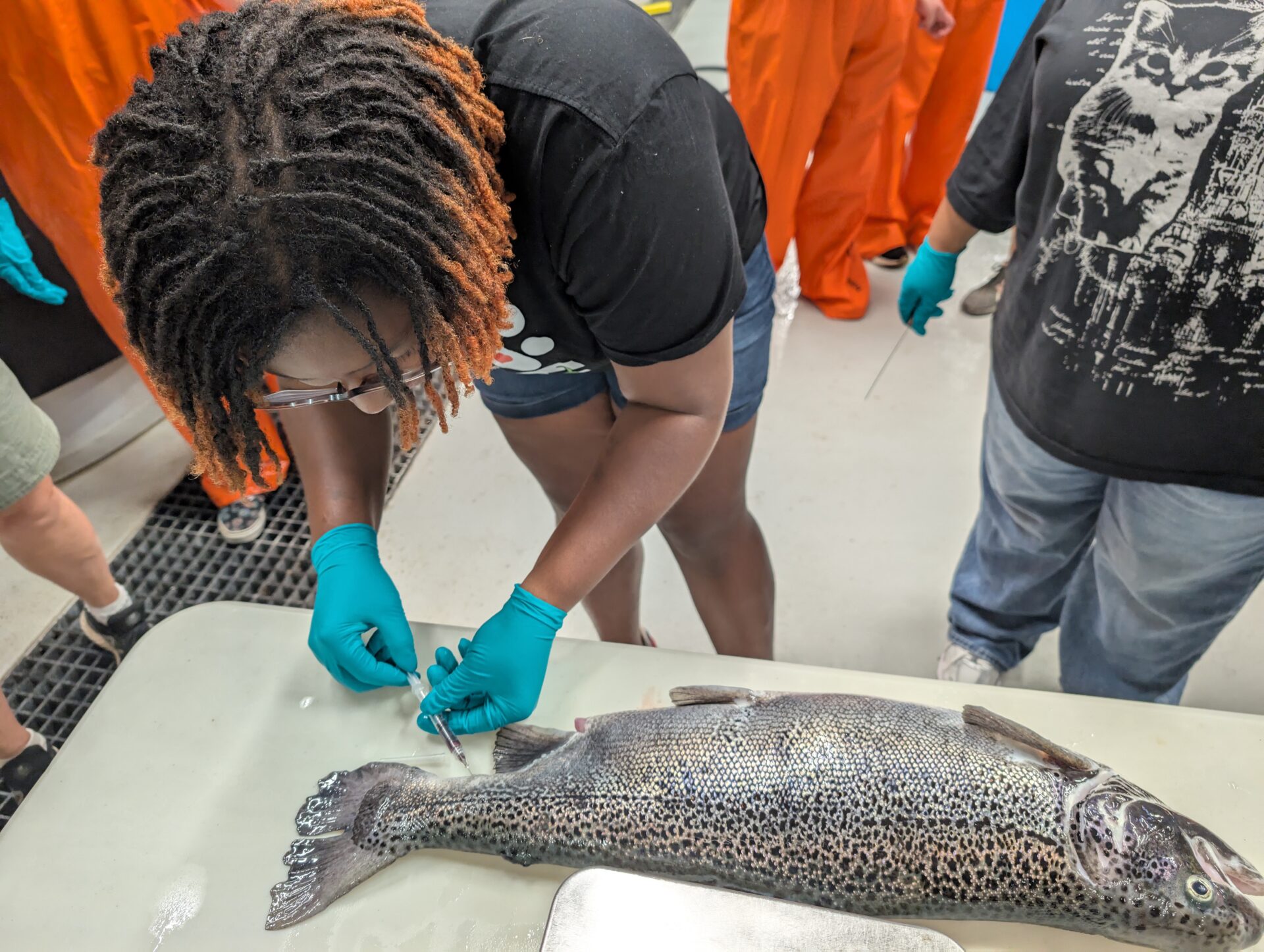Wisconsin Sea Grant Director James Hurley was part of a team of researchers with the U.S. Geological Survey (USGS) and the University of Wisconsin-Madison who have developed a technique to distinguish where mercury comes from in the Great Lakes. The chemical “fingerprinting” technique can also be applied elsewhere.
“Determining where mercury comes from is important because it helps us figure out the best way to minimize inputs of this harmful element into the environment,” Hurley said.
The two-year study found that in lakes Superior and Huron, most mercury comes from the atmosphere. In lakes Erie and Ontario most mercury comes from industrial activity or runoff from the land surrounding the lakes and the other waters that flow into the lakes. Lake Michigan is beset in general by relatively equal combinations of all three contributing sources: atmospheric, industrial and watershed. The results were published in December 2015 in “Environmental Science & Technology Letters.”
“This project is our first opportunity to show what our lab is capable of,” said Ryan Lepak, a graduate student in civil and environmental engineering at the University of Wisconsin-Madison advised by Hurley. “The instrument we’re working with is new, the techniques are new to our group, and the science itself is fairly new. Not only was it a chance for us to cooperate with all these other scientists who have been researching mercury, it allowed us to create new questions.”
Researchers collected sediment samples from 58 locations around the Great Lakes for the project. They analyzed them for stable isotopes of mercury and used those chemical “fingerprints” to determine sources. They compared the mercury signatures in the lakes against those previously found in lake trout and burbot collected in lakes Michigan, Superior and Ontario. Results showed the mercury in the fish more closely resembled mercury from the atmosphere rather than mercury from lake sediment.
That surprised Dave Krabbenhoft, a mercury researcher from the USGS. “This shows that atmospheric mercury needs to be emphasized, even when the sediments in the lakes show relatively little atmospheric mercury accumulation.”
The mercury fingerprinting tool can be used in other areas of the country. A common situation across the U.S. and elsewhere is the presence of large amounts of mercury from past industrial practices, also called “legacy mercury.” At these sites, resource managers sometimes lack tools to help them understand whether the mercury that wildlife and humans are exposed to today is from legacy sources or some other source.
“We are excited to explore the capability of this new tool to inform resource managers and decision makers responsible for managing these challenging situations,” Krabbenhoft said.
Mercury is a naturally occurring element that can have toxic effects on people’s brains, kidneys and lungs. In certain environments, with the right microbes, it can be transformed into methylmercury, which is far more toxic than elemental mercury. In addition, methylmercury can accumulate in the tissues of fish and other aquatic organisms, resulting in higher doses when people or other animals eat them.
“In general, lake trout from the Great Lakes were found to have methylmercury concentrations below what the EPA guidelines consider safe, so responsible consumption is permitted,” said Lepak.
Besides Hurley, Lepak and Krabbenhoft, other researchers on the team include Runsheng Yin, University of Wisconsin-Madison; Jacob Ogorek and John DeWild, USGS in Middleton, Wis.; and Thomas Holsen, Clarkson University in Potsdam, New York. The U.S. Environmental Protection Agency’s Great Lakes Restoration Initiative and the USGS Toxic Substances Hydrology Program funded the study.





